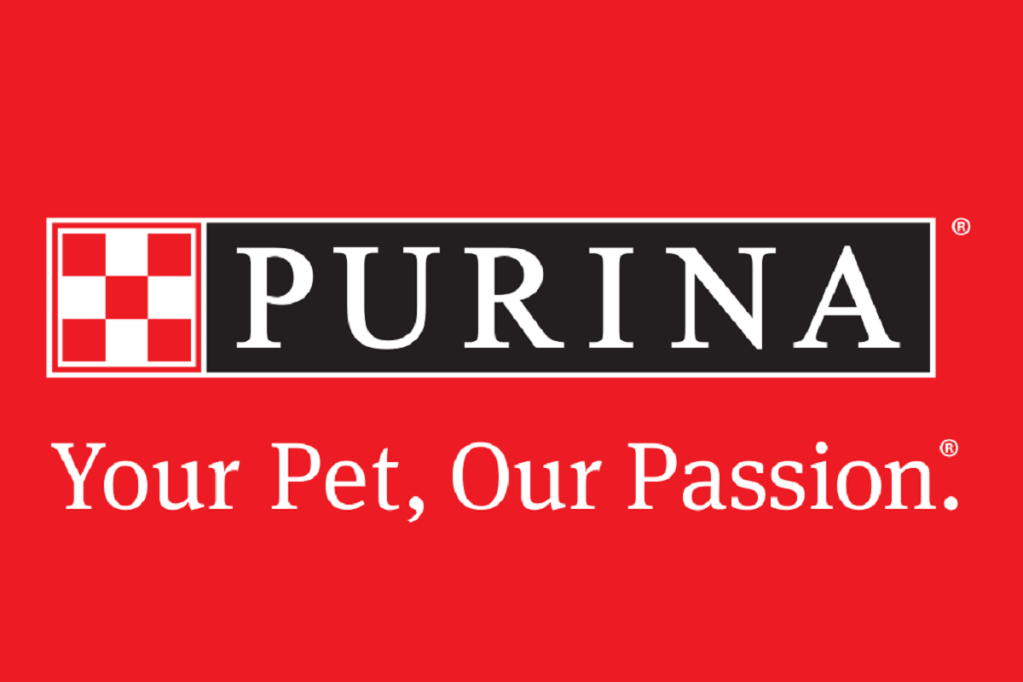The impacts of climate change are being felt and seen around the world in devastating measures, from flooding in India, droughts in Europe, to bushfires here in our own backyard.
With concern growing about how to not only manage, but prevent, these catastrophes, companies are under increasing pressure to reduce their impact towards climate change.
Over the next few weeks, C&I Weekly will speak to various companies on their sustainability commitments and how they plan to meet the targets they’ve set.
This we week we spoke with Helen Warnes, Head of Marketing, Nestlé Purina Australia
C&I: Could you outline the key commitments that Nestlé Purina has made as part of its sustainability roadmap?
Warnes: At Purina, doing better for people, pets and the planet is at the heart of what we do. We are passionate about improving the environment and are continuously working to ensure we use resources most efficiently.
We have set a number of bold commitments, including:
- Net zero emissions: we will halve our greenhouse gas emissions by 2030 and reach net zero by 2050
- Packaging sustainability: 100 per cent of our packaging will be recyclable or reusable by 2025, and we will reduce our use of virgin plastic by a third
- Sustainable sourcing: ensuring that all our major pet food ingredients sourced in an ethical, sustainable and socially conscious way by 2025
- Caring for water: we are targeting year in year reductions of water use across our factories
C&I: How will Nestlé Purina go about living up to these commitments?
Warnes: We have looked into every aspect of our operations as to how we will achieve net zero emissions, and we have developed a detailed, time-bound action plan to achieve this. We are working closely with stakeholders, both inside and outside of our business, across the supply chain, to find solutions.
C&I: How are you measuring your progress?
Warnes: Each of our commitments and key milestones to achieving these have been published online. We have established systems for tracking our progress and report this progress on a regular basis online.
C&I: What are the biggest challenges to creating a more sustainable food supply chain?
Warnes: Our supply chain has certainly come under considerable pressure during 2020 and 2021 due to the global pandemic. However, our focus on sustainability hasn’t wavered – on the contrary, it has strengthened it. We need to approach pet food within the context of the entire global food system, and that system needs to transform to improve its resilience to external shocks like the COVID-19 crisis, climate change, biodiversity loss and water supply scarcity. The challenge is growing given increases in global urbanised populations and higher levels of pet ownership. The changes needed are substantial, and we are determined to act as a force for good through this transformation.
C&I: Has implementing new sustainability measures effected revenue?
Warnes: Achieving our sustainability commitments can’t wait – and neither can we. Globally, we have invested considerably to accelerate our sustainability initiatives across packaging, improving water stewardship, through to regenerative agriculture. These investments are imperative to the long-term success of our business.
There are costs involved in making our business more sustainable, but it is the right thing to do. We are measuring the ROI through our contributions to a healthier environment and better future for people, pets and the planet we share.
C&I: Are you seeing a consumer trend towards purchasing “greener” products?
Warnes: Absolutely! We know that a number of aspects play on pet owners’ minds when choosing what to give to their pet – including environmental impact.
Take packaging as one example. While we are committed to making 100 per cent recyclable or reusable by 2025, we also need to help pet owners know how to recycle. We have applied the Australasian Recycling Label to all of our locally made products, to help educate pet owners on which bin to recycle in.
We’re also committed to reducing the amount of packaging we use. Our team has reviewed every piece of packaging, across every product. One seemingly small, but impactful change has been to how we attach accessories like toys and collars to backing cards. Previously we used cable ties, which cannot be recycled due to their size and weight. These have been swapped for bespoke paper ties or folded paper – replacing more than 3.3 tonnes of plastic with a recyclable solution. By also removing the PET clamshells on our health and hygiene range, we have
C&I: How important is creating a more sustainable food system to Nestlé Purina?
Warnes: Transforming to sustainable food systems is absolutely vital. While there has been a lot of discussion about the human food system, it’s important to remember that pet food integrates with that, and the two are linked.
We are tracking our supply chain to responsibly source our healthy, nutritious ingredients and ensure that sources of raw materials meet our rigorous standards. We have developed comprehensive Responsible Sourcing Guidelines to help ensure that suppliers are committed to a process of continuous improvement toward environmental, economic and social sustainability over time.
Recently we announced our plans to support and accelerate the transition to a regenerative food system – one that aims to protect and restore the environment, improve the livelihoods of farmers and enhance the well-being of farming communities.
C&I: Is there anything else you’d like to mention about Nestlé Purina’s sustainability roadmap and its achievements to date?
Warnes: As a business we have created a plan to deliver on our sustainability commitments whilst putting pets, people and the planet at the heart of everything we do. We launched our Purina Cares campaign to share our commitments and in June we announced Purina Au removes 16.7 tonnes of plastic packaging | Nestlé Australia (Nestlé.com.au)

